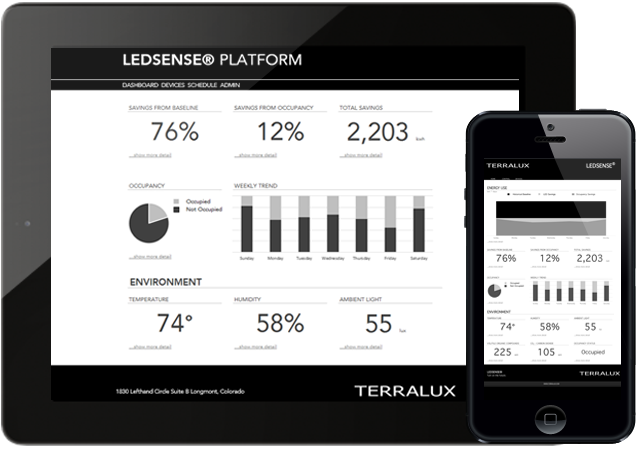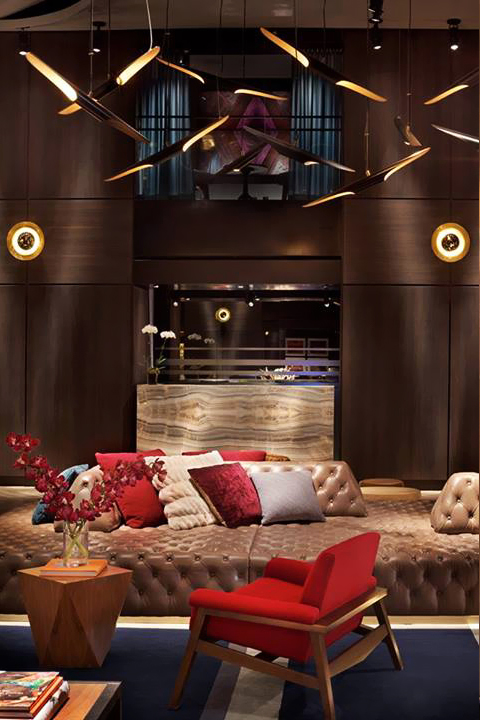Ledsense
Smarter source of light
The Smart Home is a very entertained interest in the technology industry; nowadays it comes equipped with devices capable to increase comfort, protect occupants, and save on utility bills. Houses already have Nest – the smart thermostat, Goji – the smart lock, Tado Cooling – the air conditioning/ thermostat smart device, and Luna – the […]

